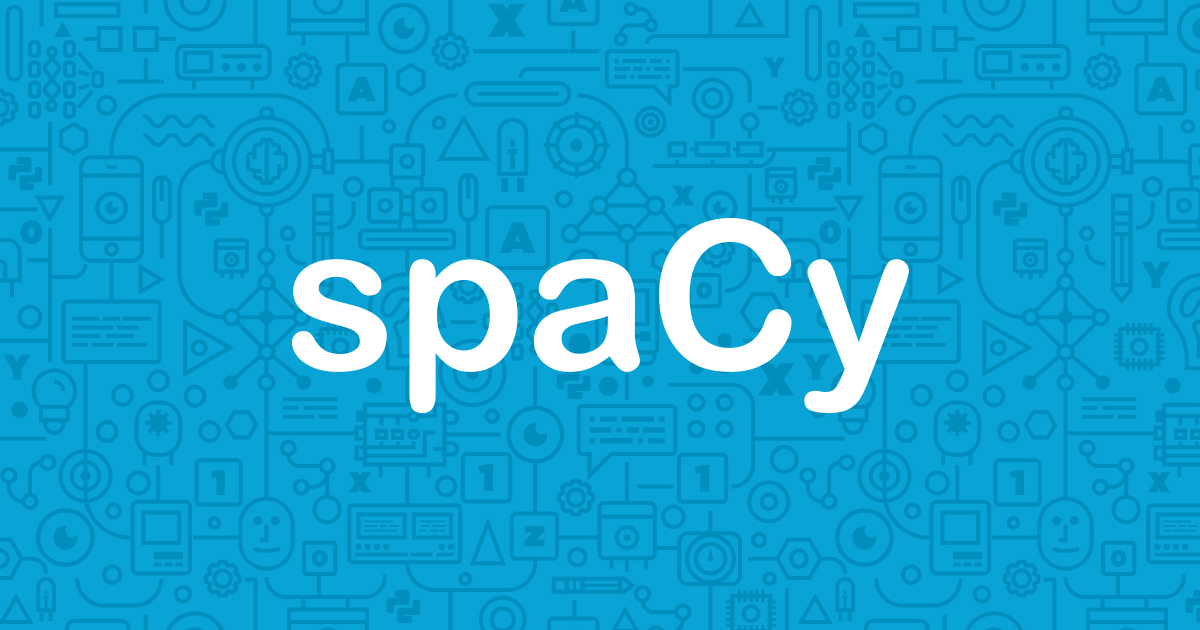Inspired by: https://www.youtube.com/watch?v=RpWeNzfSUHw&list=LL&index=37
PyTorch installation instructions PyTorch website spaCy installation instructions spaCy website
Install PyTorch
$pip3 install torch torchvision torchaudio --index-url https://download.pytorch.org/whl/cu117
Install setup tools:
$pip install -U pip setuptools wheelInstall spaCy NLP library:
$pip install -U spacyAdd model:
$python -m spacy download en_core_web_md- Ability to pre-process text using NLP techniques such as tokenization, lemmatization, etc.
- Implementation of a feed forward neural network model using PyTorch.
- Modify JSON file or inject JSON via API to train model.
- Add custom tags and modify NLP pipeline using custom components and named entity recognition patterns (NER)
- Ability to trade out 'bag of words' and replace with word vectors, etc.
- Will be extending the use case to test different NLP techniques.
- Building API to create dynamic NPC characters in games.
Tech the project uses:
- Python3 - High-level programming language
- PyTorch - Machine learning framework
- spaCy.io - Industrial-strength natural language processing library
Have a look at data/training-data.json . You can customize it according to your own use case. Just define a new tag, possible patterns, and possible responses for the AI to pick up on.
{
"intents": [
{
"tag": "greeting",
"patterns": [
"Hi",
"Hey",
"How are you",
"Is anyone there?",
"Hello",
"Good day"
],
"responses": [
"Hey :-)",
"Hello, thanks for visiting",
"Hi there, what can I do for you?",
"Hi there, how can I help?"
]
},
...
]
}You have to re-run the training whenever this file is modified. In the main.py file just toggle the training_required bool to True
import spacy
from processor import DataProcessor
from chat import ChatBot
nlp = spacy.load('en_core_web_md')
# NOTE: toggle if you want to retrain the model
training_required: bool = False
# create NLP model object and pass it the text from file
data = DataProcessor(training_required)
# perform NLP pipeline process and return the updated data processor object
data_processor = data.initialise_data()
# setup chatbot interface
chatbot = ChatBot(data_processor)
chatbot.create_chat()MIT
